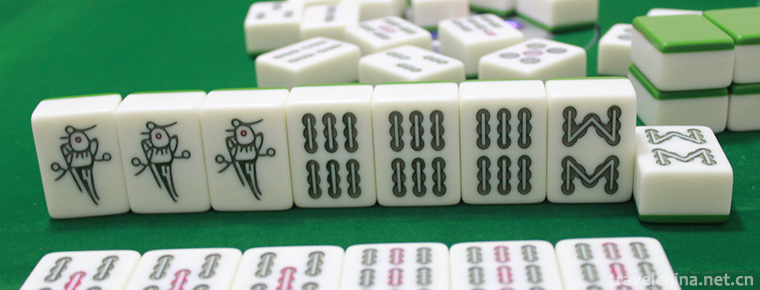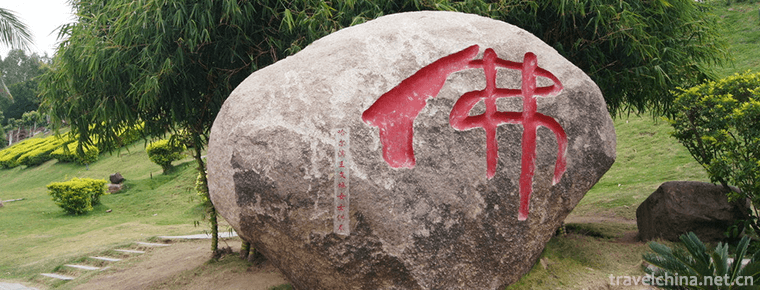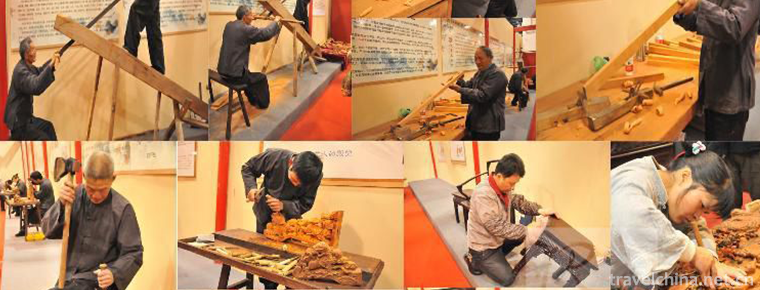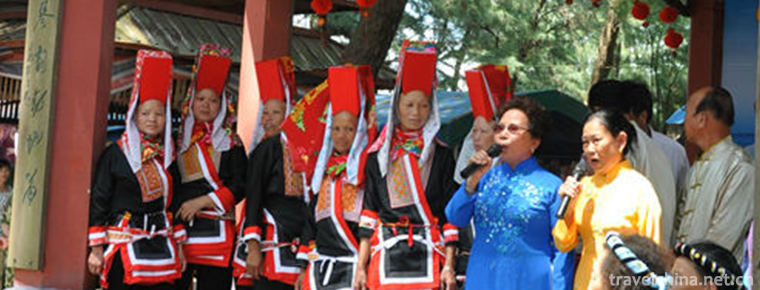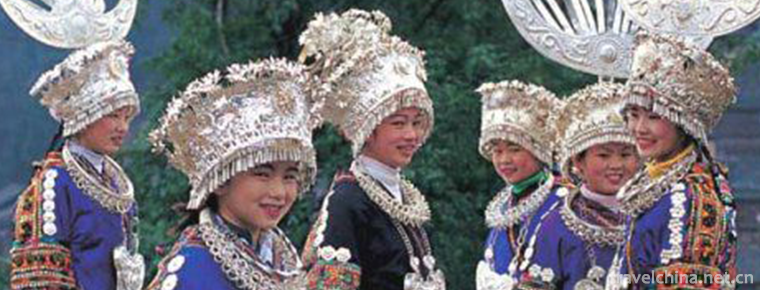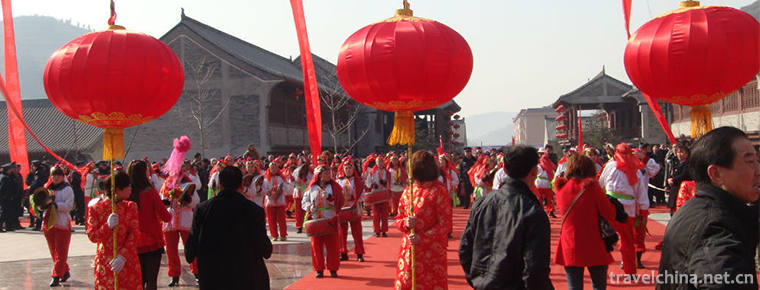History of Mianyang
History of Mianyang
The origin of place names
Mianyang, located in the south of Mianshan mountain, was named Mianyang in 1913 according to the ancient meaning of "south mountain and North Water" as "Yang".
Construction history
Mianyang City is one of the early human activity areas in China. The stone and pottery of Neolithic Age 4500 years ago were unearthed at bianduishan site.
In the second year of Gaozu in the Western Han Dynasty (201 BC), Fu County was established. Guanghan county was established in the sixth year of emperor Gaozu of Han Dynasty (201 BC). In the fifth year of Yuanfeng of Emperor Wu of Han Dynasty (106bc), Guanghan County moved from Chengxiang (within the territory of Guanghan City) to Zitong county.
In the first year of ruziying's first year (8th year), Wang Mang usurped the Han Dynasty to establish a new dynasty, and changed Fuxian county to Tongmu County, which implied the meaning of unification and harmony. Therefore, it was named as dujun.
In the 13th year (37th year) of the reign of Emperor Guangwu of the Eastern Han Dynasty, his family was destroyed and Fu County was restored, belonging to Guanghan county.
In the second year of the reign of emperor an in the Eastern Han Dynasty (115 A.D.), the prefectures of Yizhou and Guanghan moved to Fuxian county. Three years later, the prefectures and counties moved out of the city.
At the end of the Eastern Han Dynasty, Liu Bei, according to Shu, established Zitong County in the northern part of Guanghan County in 217 years of Jian'an, and established dongguanghan County in the eastern part of Guanghan County in 225 years of Jianxing. Since then, the city has been along each other, with the establishment of prefectures, counties and prefectures.
During the more than 300 years of the Jin Dynasty and the southern and Northern Dynasties, wars were frequent and the establishment of administrative districts changed greatly. In the Western Wei Dynasty, Fu County was changed to Bazhong County, and TongZhou was established to govern Bazhong county (now east of Mianyang City, Sichuan Province).
After the Sui Dynasty, the establishment of administrative districts gradually stabilized. In 581, Bazhong county was changed to Brazil county. In 585, Tongzhou was changed to mianzhou. The Yuan Dynasty abolished Brazil county and entered mianzhou.
In 1727, mianzhou was upgraded to Zhili Prefecture. There are 5 counties under the jurisdiction of Deyang (now Deyang City, Sichuan Province), an (today's Anzhou District of Mianyang), Mianzhu (now Mianzhu City of Sichuan Province), Zitong (now Zitong County of Sichuan Province), and Luojiang (county governance is in Luojiang District, Deyang City, Sichuan Province).
In March of the second year of the Republic of China (1913), mianzhou was abolished and Mianyang county was established in mianzhou Prefecture.
In 1935, Sichuan government was unified, and Mianyang City became the 13th administrative supervision district in Sichuan Province. In 1948, 10 counties of Mianyang, Anxian, Mianzhu, Deyang, Zitong, Luojiang, Guanghan, Shifang, Jintang and Zhangming were possessed.
After the founding of the people's Republic of China, Mianyang special area was set up in 1950, which belongs to the Western Sichuan administrative region. In 1952, Mianyang was under the leadership of Sichuan Province.
In 1953, Guanghan, Jintang and Shifang counties were included in Wenjiang District; Guangyuan (in Jialing town), Wangcang (in fengjiaba), Jiange, Jiangyou, Beichuan, Pingwu, Qingchuan, Zhaohua (in Baolun town) were included in Mianyang special area. It has jurisdiction over 15 counties.
In 1958, seven counties, including Suining, Santai, Pengxi, Yanting, Tongnan, Shehong (in Taihe Town) and Zhongjiang, which belong to Suining District, were included in Mianyang special area. Zhangming county and Jiangyou county were abolished, and jiangzhang county (located in Zhongba) was established. Mianyang has jurisdiction over 21 counties.
In 1959, jiangzhang county was renamed Jiangyou county. Zhaohua county and Luojiang county were abolished and Zhaohua county was incorporated into Guangyuan County; Luojiang county was merged into Mianyang, Deyang and Anxian counties. Mianyang District governs 19 counties.
In 1970, Mianyang special area was renamed Mianyang area, and the area was located in Mianyang county.
In 1976, Mianyang City was established by Mianyang County, which is under the leadership of Mianyang region. Mianyang is located in Mianyang City. It has jurisdiction over 1 city and 19 counties.
In 1977, Tongnan County was assigned to Jiangjin area. Mianyang has jurisdiction over 1 city and 18 counties.
In 1979, Mianyang county was abolished and merged into county Mianyang City. Mianyang governs 1 city and 17 counties.
In August 1983, Deyang City was established. Deyang, Zhongjiang and Mianzhu counties in Mianyang area and Guanghan and Shifang counties in Chengdu City are included in Deyang City.
In 1985, Mianyang was abolished, and Mianyang City was upgraded to a prefecture level city, and the central district was established. Jiangyou and other seven counties in the former Mianyang area were put under the jurisdiction of Mianyang City. Guangyuan County was abolished and prefecture level Guangyuan City and Shizhong District were set up; Qingchuan and Wangcang counties in the former Mianyang area were put under the jurisdiction of Guangyuan City. Suining County was abolished, and prefecture level Suining City and Shizhong District were established; Pengxi and Shehong counties in the former Mianyang area were put under the jurisdiction of Suining City.
On October 30, 1992, the Central District of Mianyang City was abolished, and Youxian district and Fucheng District were established respectively with the central main channel of Fujiang River as the boundary.
In July 2003, Beichuan county was abolished and Beichuan Qiang Autonomous County was established.
On April 4, 2005, the office of Mianyang Municipal People's government moved from No.76, east section of Linyuan Road, Fucheng District to Torch Building of high tech Zone.
On March 20, 2016, Anxian county was removed from the county and renamed as Anzhou district.

History of Mianyang
-
Mahjong
Mahjong, originated in China, is commonly known as Sparrow in Guangdong, Hong Kong and Macao. It is a game invented by the ancients of China,
Views: 192 Time 2018-11-13 -
Nanshan Cultural Tourism Zone
Nanshan Cultural Tourist Area is located 40 kilometers southwest of Sanya City, Hainan Province. It is the southernmost mountain in China. It belongs to tropical marine monsoon climate.
Views: 216 Time 2018-12-12 -
South Australia Island Tourist Area
Nanao Island is the only island county in Guangdong Province. It is composed of 37 small islands with a land area of 130.90 square kilometers (including 128.35 square kilometers of the main island) an
Views: 166 Time 2019-02-07 -
Waterwheel Garden
On August 26, 2005, Lanzhou, known as the "Water Vehicle Capital", built a Water Vehicle Expo Park, which reproduced the spectacular scene of water vehicles on both sides of the Yellow River
Views: 237 Time 2019-02-08 -
Chao Opera
Chaozhou Opera, known as "Chao Diao", "Chao Yin Opera" and "Bai Zizi Opera", was widely spread in Zhao'an, Yunxiao, Pinghe, Dongshan, Zhangpu and Nanjing of southern Fuji
Views: 197 Time 2019-04-16 -
Sintering Techniques of Dehua Porcelain
Dehua ceramic firing technology is a traditional handicraft in Dehua, Fujian Province. Dehua ceramic production began in the Neolithic Age, flourished in the Tang and Song Dynasties
Views: 178 Time 2019-04-26 -
Furniture Making Skills
Ming-style furniture making skills, local traditional handicraft in Suzhou City, Jiangsu Province, one of the national intangible cultural heritage.
Views: 205 Time 2019-05-05 -
Kazakhstan Jing nationality Ha festival
Kazakhstan Festival, also known as "Singing Kazakhstan Festival", the so-called "Kazakhstan" or "Singing Kazakhstan" means singing. It is a traditional festival of the Ji
Views: 135 Time 2019-05-07 -
The Miao costumes
Miao is an international ethnic group originating from China. In the 2010 census, Miao is mainly distributed in Guizhou, Hunan, Yunnan, Chongqing, Hubei, Sichuan, Hainan, Guangxi and other provinces (
Views: 166 Time 2019-06-05 -
Neutralization Festival
Zhonghe Festival, a traditional Chinese folk festival, is on the second day of February, but the date at that time was on the first day of February. With the evolution of history, it was changed to th
Views: 391 Time 2019-08-03 -
Tongling University
Tongling University is a multi-disciplinary province. Undergraduate Regular institutions of higher learning It is the base for training and training talents of Finance and economics in Anhui province.
Views: 185 Time 2019-11-18 -
Panzhihua in the Sui Dynasty to Yuan Dynasty
At the beginning of Sui Dynasty, Yanzhou was still set up, which was renamed Xining Prefecture and Guazhou Prefecture, and became Yueyi county again. The five counties of Yanzhou established by the Northern Zhou Dynasty were abolished, and the other five counties were subordinate
Views: 148 Time 2020-12-14
